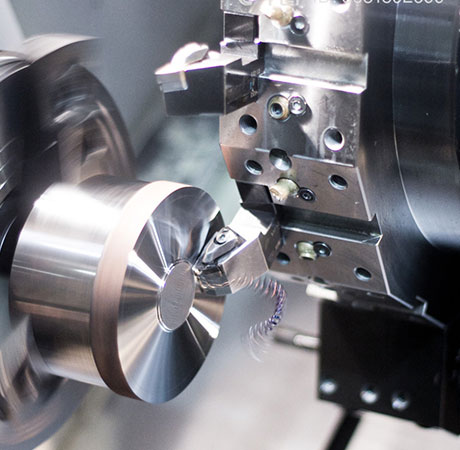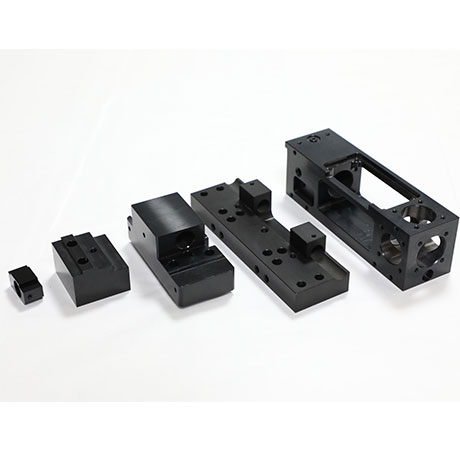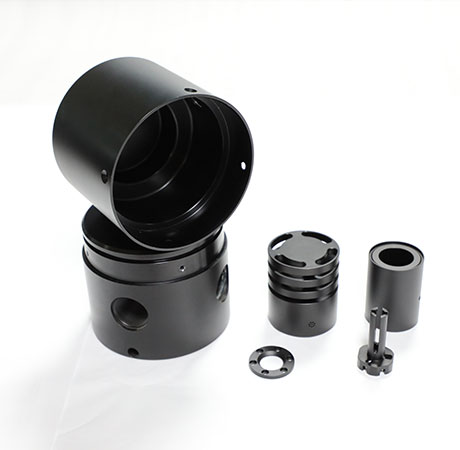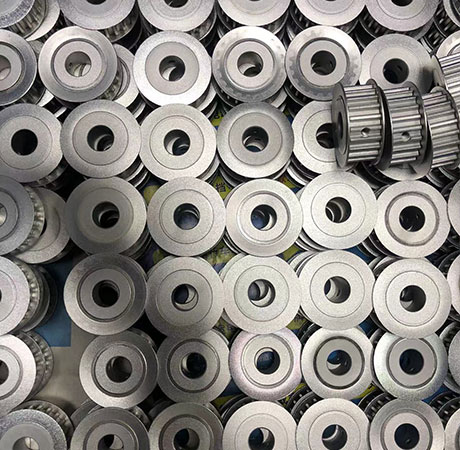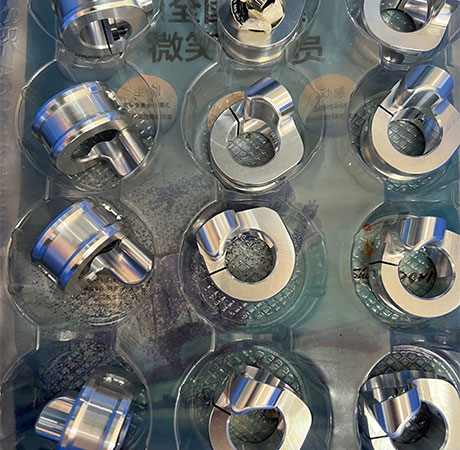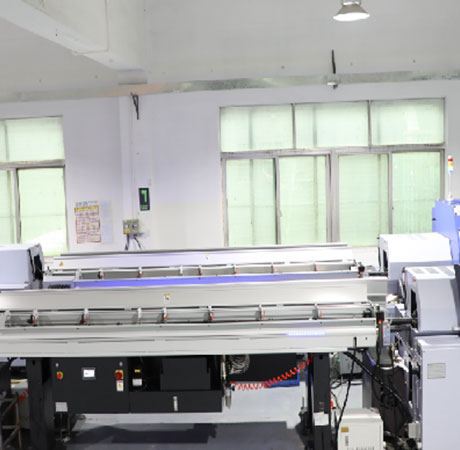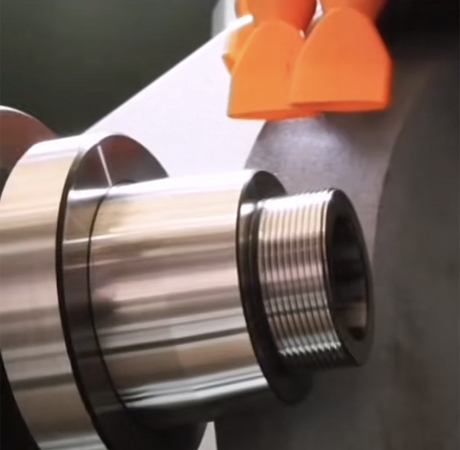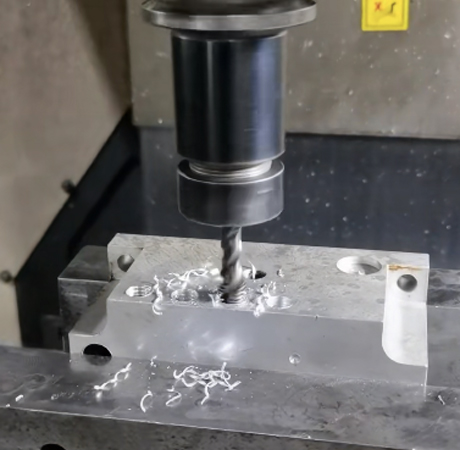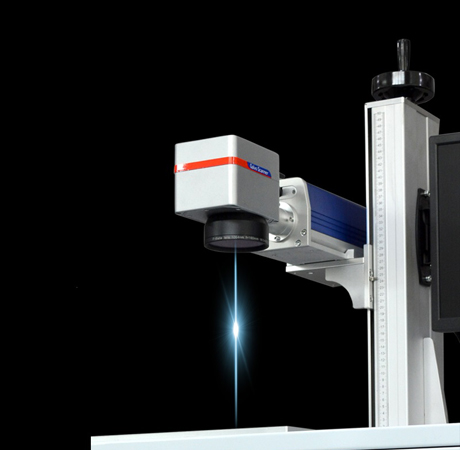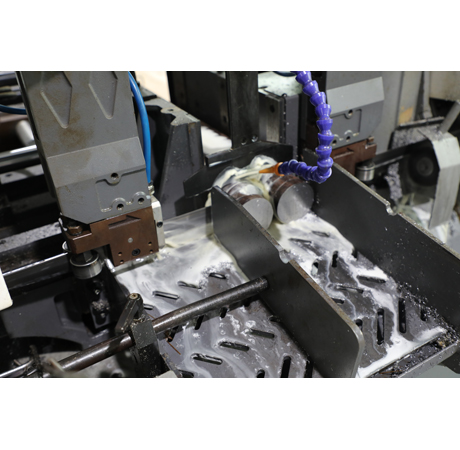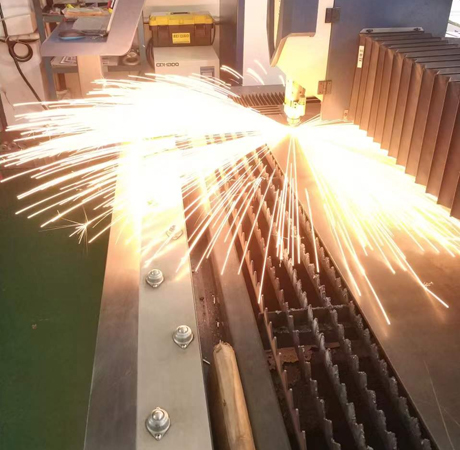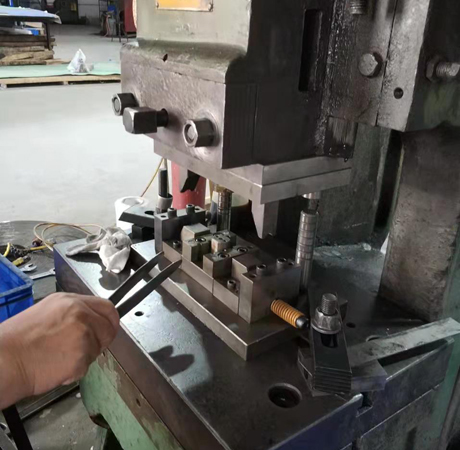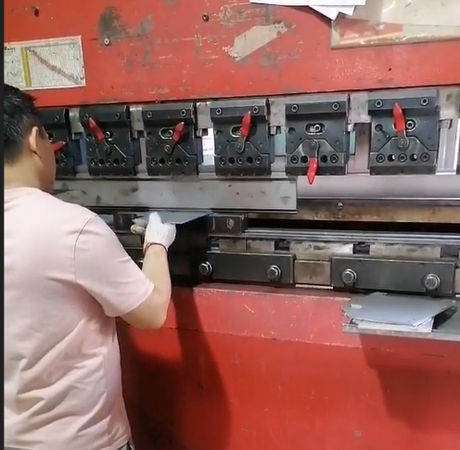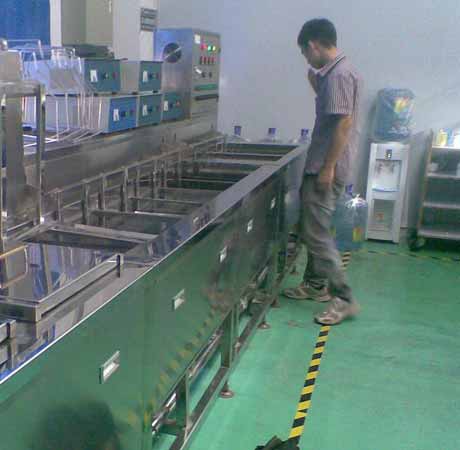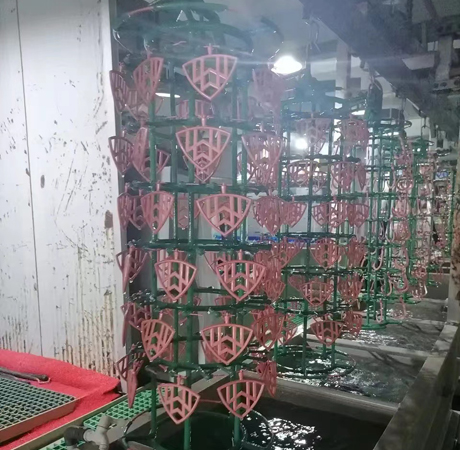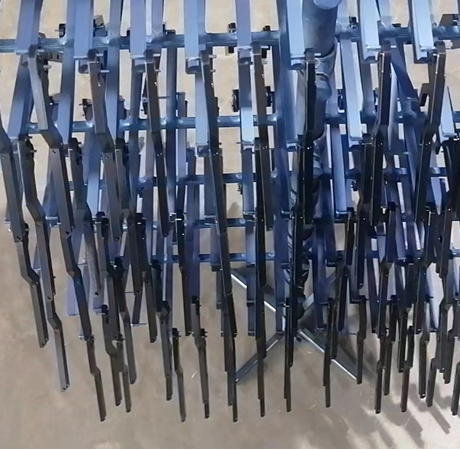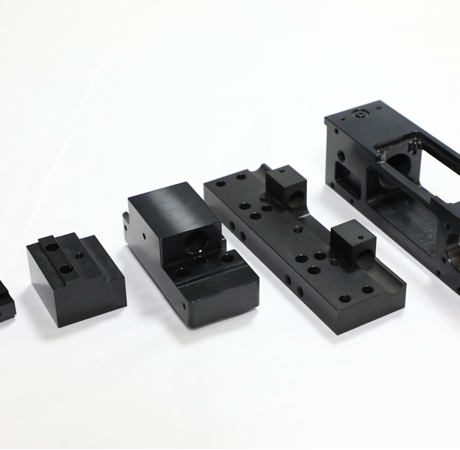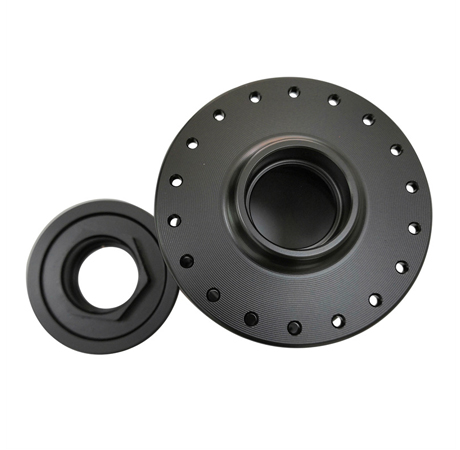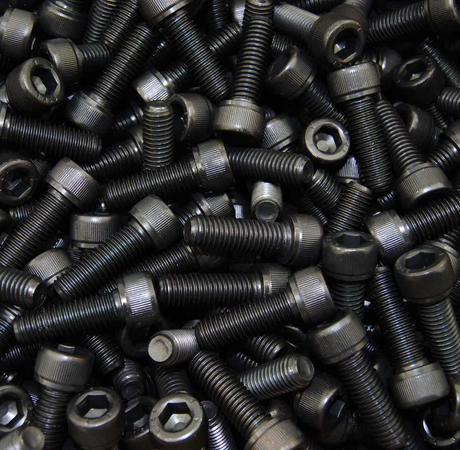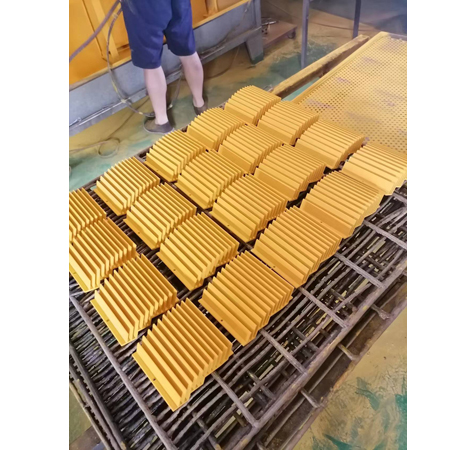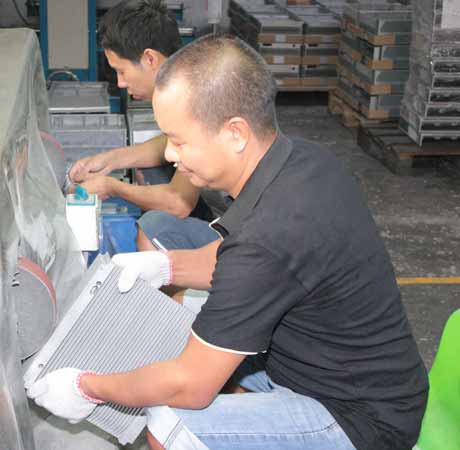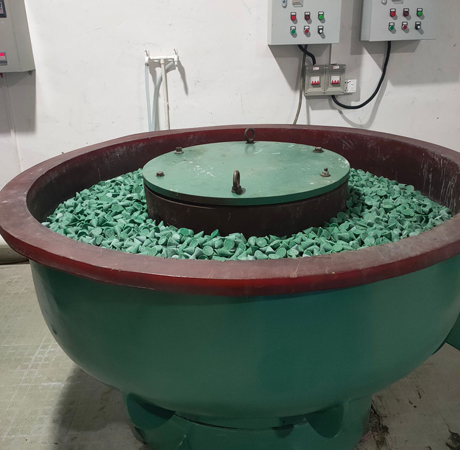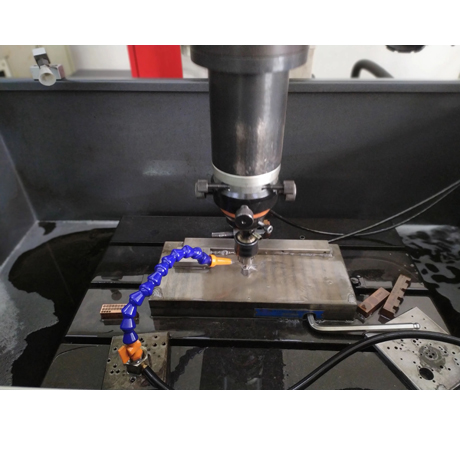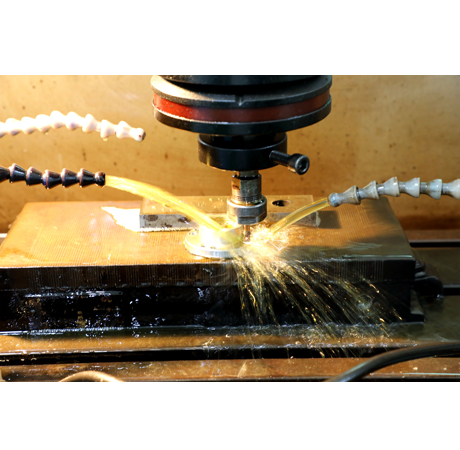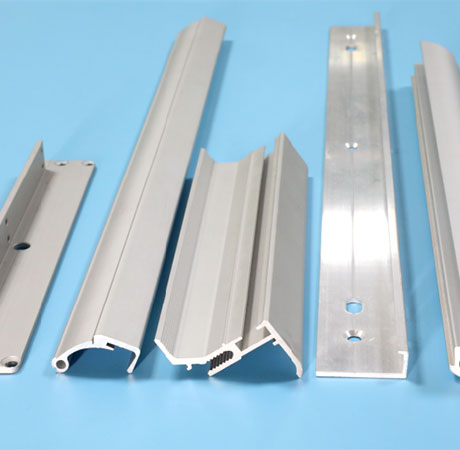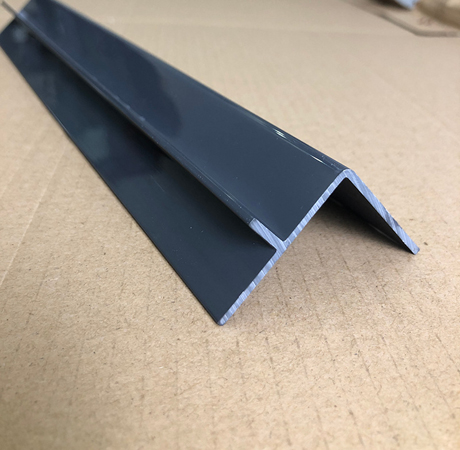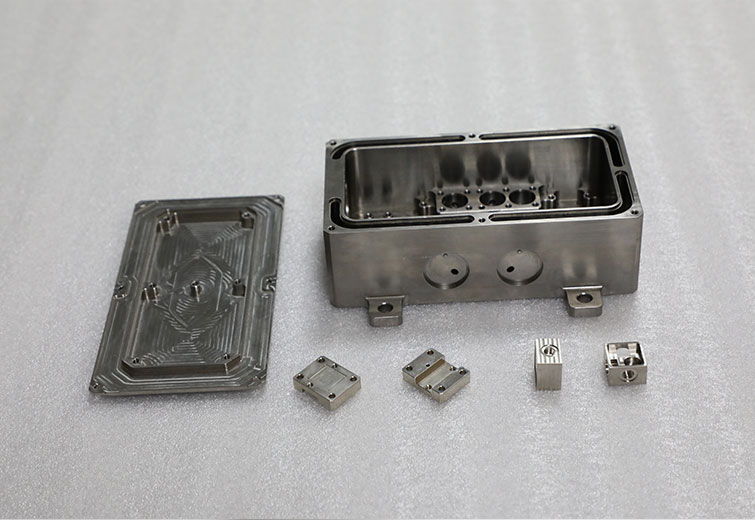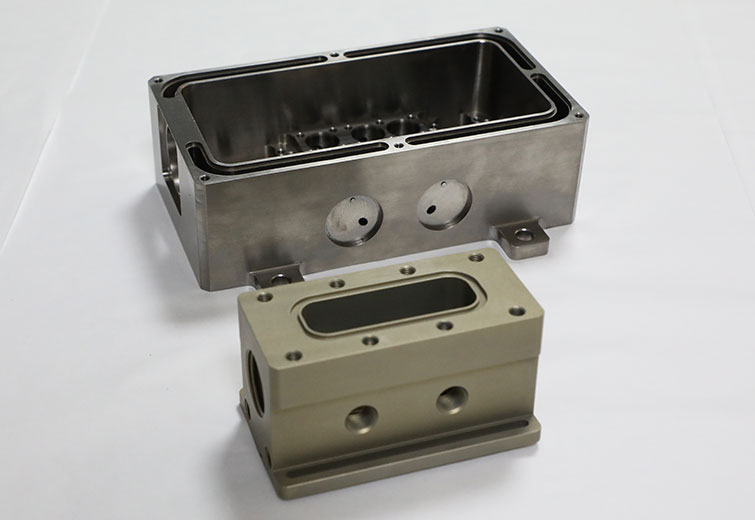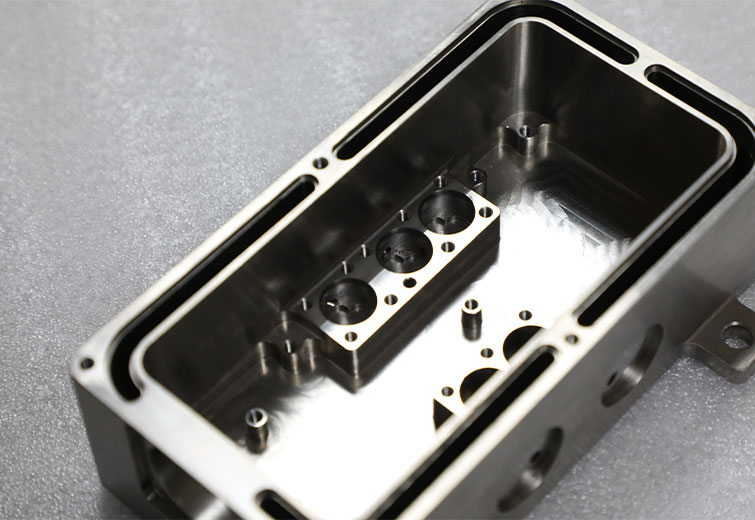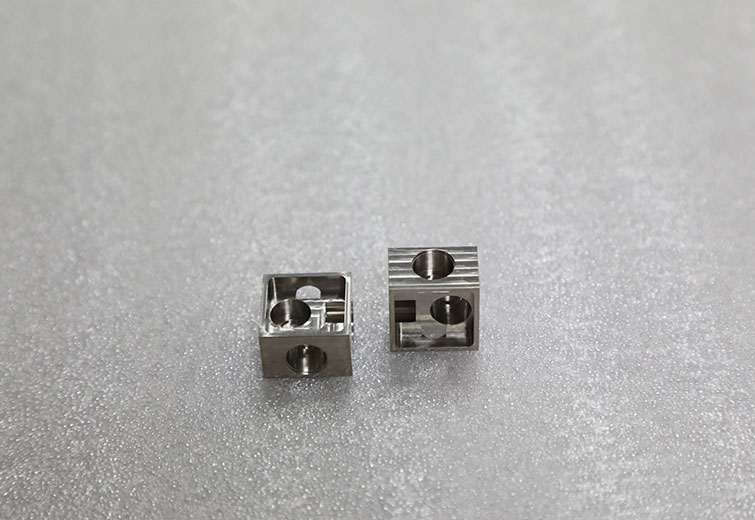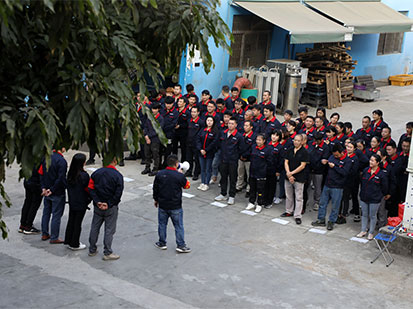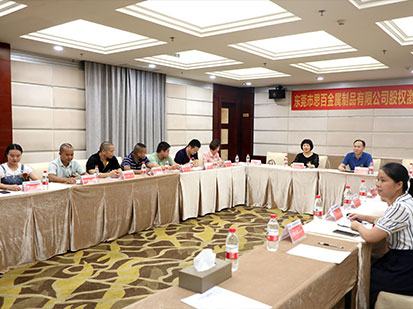1. Stainless steel classification
The classification of stainless steel is often divided into: martensitic steel, ferritic steel, austenitic steel, etc. In addition, it can be divided into: chromium stainless steel, chromium-nickel stainless steel and chromium-manganese-nitrogen stainless steel according to the composition.
A. Ferritic stainless steel: 12% to 30% chromium. Its corrosion resistance, toughness and weldability increase with the increase of chromium content, and its resistance to chloride stress corrosion is better than other types of stainless steel.
Belonging to this category are Crl7, Cr17Mo2Ti, Cr25, Cr25Mo3Ti, Cr28 and so on. Because of the high chromium content, ferritic stainless steel has good corrosion resistance and oxidation resistance, but poor mechanical properties and process performance. This kind of steel can resist the corrosion of the atmosphere, nitric acid and brine solution, and has the characteristics of good high temperature oxidation resistance and small thermal expansion coefficient. .
B. Austenitic stainless steel: It contains more than 18% chromium, and also contains about 8% nickel and a small amount of molybdenum, titanium, nitrogen and other elements.
It has good comprehensive performance and is resistant to corrosion by various media. The commonly used grades of austenitic stainless steel are 1Cr18Ni9, 0Cr19Ni9, etc. The C content of 0Cr19Ni9 steel is less than 0.08%, which is marked as "0" in the steel number. This type of steel contains a large amount of Ni and Cr, which makes the steel in an austenitic state at room temperature. This type of steel has good plasticity, toughness, weldability and corrosion resistance, and has good corrosion resistance in oxidizing and reducing media. It is used to make acid-resistant equipment, such as corrosion-resistant containers and equipment linings, transportation pipelines, Equipment parts for nitric acid, etc. Austenitic stainless steel is generally solution treated, that is, heating the steel to 1050-1150 °C, and then water-cooling to obtain a single-phase austenite structure.
C. Austenitic-ferritic duplex stainless steel: It combines the advantages of both austenitic and ferritic stainless steels and has superplasticity.
Austenitic and ferritic structures each account for about half of stainless steel. In the case of low C content, the Cr content is 18%~28%, and the Ni content is 3%~10%. Some steels also contain alloying elements such as Mo, Cu, Si, Nb, Ti, and N. This type of steel has the characteristics of both austenitic and ferritic stainless steels. Compared with ferrite, it has higher plasticity and toughness, no room temperature brittleness, and significantly improved intergranular corrosion resistance and welding performance. The 475 ℃ brittleness and high thermal conductivity of element stainless steel have the characteristics of superplasticity. Compared with austenitic stainless steel, it has high strength and significantly improved resistance to intergranular corrosion and chloride stress corrosion. Duplex stainless steel has excellent pitting corrosion resistance and is also a nickel-saving stainless steel.
D. Martensitic stainless steel: high strength, but poor plasticity and weldability.
The commonly used grades of martensitic stainless steel are 1Cr13, 3Cr13, etc. Due to the high carbon content, it has high strength, hardness and wear resistance, but the corrosion resistance is slightly worse, and it is used for high mechanical properties and corrosion resistance. Some general parts are required, such as springs, turbine blades, hydraulic valves, etc. This type of steel is used after quenching and tempering.
2. Grouping of stainless steel grades
Precipitation hardening stainless steel. It has good formability and good weldability, and can be used as an ultra-high-strength material in the nuclear industry, aviation and aerospace industries.
According to the composition, it can be divided into Cr series (400 series), Cr-Ni series (300 series), Cr-Mn-Ni (200 series) and precipitation hardening series (600 series).
200--Series--Chromium-Manganese Nitrogen Austenitic Stainless Steels
300--Series--Chromium-Nickel Austenitic Stainless Steels
301--Good ductility, used for molded products. It can also be hardened by mechanical processing. Good weldability. Wear resistance and fatigue strength are better than 304 stainless steel.
302--corrosion resistance is the same as 304, because the carbon content is relatively high, so the strength is better.
303--It is easier to cut than 304 by adding a small amount of sulfur and phosphorus.
304--that is, 18/8 stainless steel. GB grade is 0Cr18Ni9.
309--has better temperature resistance than 304.
316--After 304, the second most widely used steel grade, mainly used in the food industry, pharmaceutical industry and surgical equipment, adding molybdenum element to obtain a special structure that is resistant to corrosion. Because of its better resistance to chloride corrosion than 304, it is also used as "marine steel". SS316 is usually used in nuclear fuel recovery units. Grade 18/10 stainless steels generally also meet this application level.
321--Similar to 304 except that the risk of corrosion in material welds is reduced due to the addition of titanium.
400--Series--ferritic and martensitic stainless steels.
408--Good heat resistance, weak corrosion resistance, 11% Cr, 8% Ni.
409--The cheapest model (British and American), usually used as a car exhaust pipe, is a ferritic stainless steel (chrome steel).
410--martensite (high-strength chromium steel), with good wear resistance and poor corrosion resistance.
416--The addition of sulfur improves the processing properties of the material.
420--"cutting tool grade" martensitic steel, the earliest stainless steel similar to Brinell high chromium steel. Also used in surgical knives, can do very bright.
430--ferritic stainless steel, used for decoration, such as for car accessories. Good formability, but poor temperature and corrosion resistance.
440--High-strength cutting tool steel, with slightly higher carbon content, can obtain higher yield strength after proper heat treatment, and the hardness can reach 58HRC, which is one of the hardest stainless steels. The most common application example is "razor blades". There are three commonly used models: 440A, 440B, 440C, and 440F (easy to process).
500-- Series--Heat-resistant chromium alloy steel.
600--Series--Martensitic precipitation hardening stainless steels.
630--The most commonly used type of precipitation hardening stainless steel, usually also called 17-4; 17%Cr, 4%Ni.
Sibai does various kinds of stainless steel machining. Stainless steel is the most common steel we did. We use material analyser to test the compositions of stainless steel when we purchased. That is, we ensure the right stainless and good quality before machining, which lower the risk of uncorrect material.

